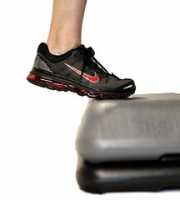Author Interviews, Exercise - Fitness, OBGYNE, Weight Research / 30.10.2020
Menstrual Dysfunction and Body Satisfaction in Young Athletes
MedicalResearch.com Interview with:
Suvi Ravi
Faculty of Sport and Health Sciences
University of Jyväskylä
Jyväskylä, Finland
MedicalResearch.com: What is the background for this study?
Response: The results of studies comparing the prevalence of menstrual dysfunction in athletes and non-athletes have been inconsistent. Menstrual dysfunction can have many different causes but one of the most common in athletes is low energy availability (i.e., inadequate energy intake relative to energy expenditure). Disordered eating/eating disorder as a result of e.g. body weight dissatisfaction, which is the discrepancy between actual and desired weight, can be a risk factor for inadequate energy intake and thus could play a role in menstrual dysfunction.
We studied a cohort of athletes and non-athletes, in adolescence (14-16 years) and subsequently in young adulthood (18-20 years) to determine the prevalence of menstrual dysfunction and body weight dissatisfaction. Menstrual dysfunction in our study was defined as primary amenorrhea, which is the absence of menses by the age of 15, prolonged menstrual cycle (>35 days), or secondary amenorrhea i.e., absence of menses for at least three consecutive months. (more…)


























